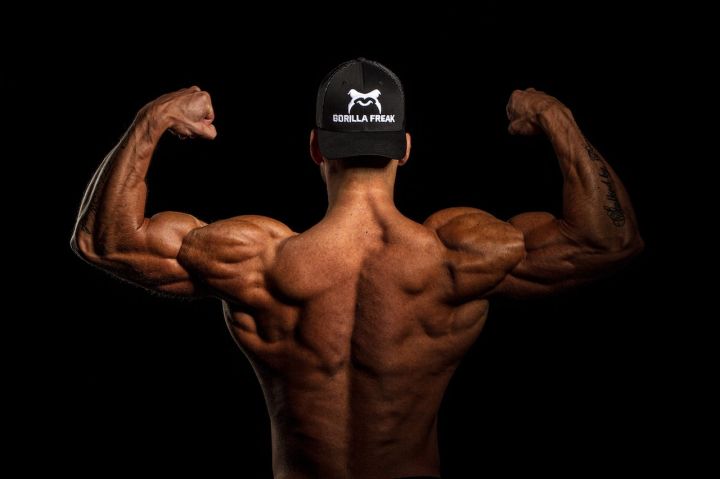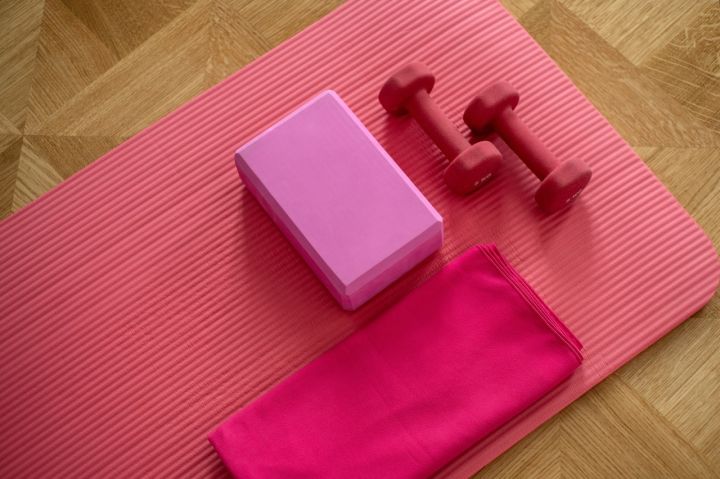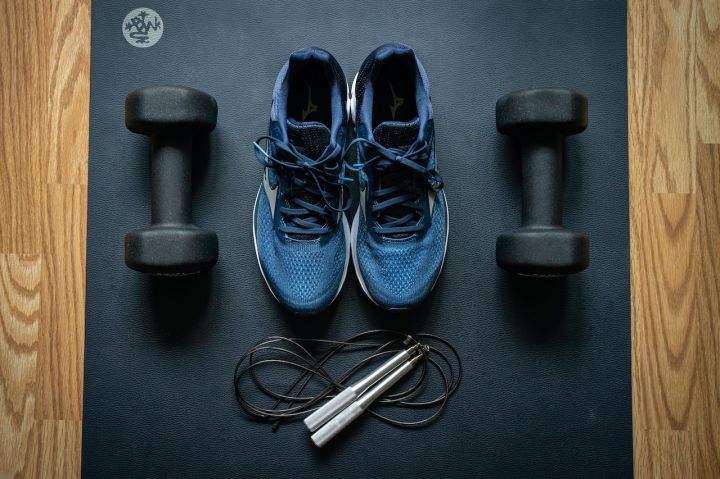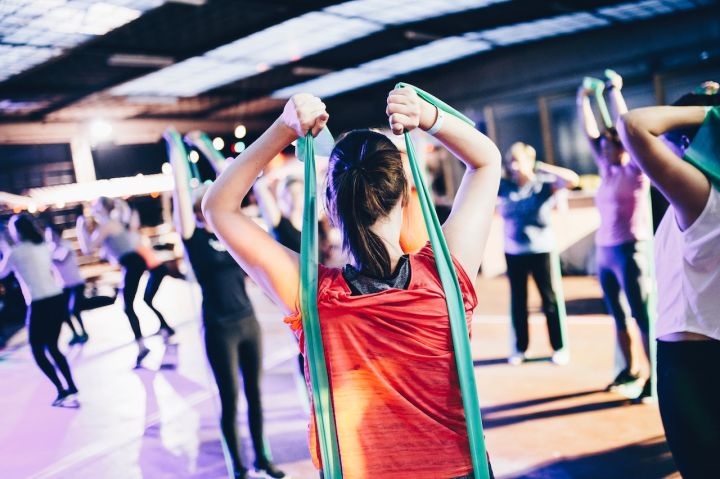In the previous series, this channel has introduced many historical celebrities in the fitness world. Some of them are benchmark 图s in bodybuilding and powerlifting legends.

Then in this new series, i will introduce a comprehensive look at the most popular types of fitness competitions in recent years, so that the little ones can easily watch the competition. Today we will start with the most familiar bodybuilding competitions.
Here i will explain the rules of the ifbb competition, starting with the project settings for the bodybuilding competition.








Men's bodybuilding, men's classical bodybuilding, women's fitness, men's fitness, women's physical fitness, women's bikini, women's fitness, men's fitness, children's fitness, co-ed, men's wheelchair fitness, women's fitness model, men's fitness model, women's health fitness
Let's talk about the intermediate level of each competition
Ifbb men's bodybuilding competitions are divided into the following 9 categories (differentiated by weight):
1. Lightweight: 65 kg and below
2. Lightweight: 70kg and under
3. Middleweight: 75kg and below
4. Middleweight: 80kg and below
5. Middleweight: 85kg and below
6. Light heavyweight: 90kg and below
7. Light heavyweight: 95kg and below
8. Heavyweight: 100kg and below
9. Super heavyweight: 100kg and above
65kg and below is only open in Asia and South America (probably because bodybuilders in the USA and Europe are generally taller)
Ifbb world young men's bodybuilding competition is currently divided into the following categories:
- 16 - 19 years old (optional): Only one open category
- 20 - 21 years old (optional): Only one open category
- 22 - 23 years old (optional):
75 kg and under
75kg and above
Or only 16 to 23 years old (inclusive):
75kg and below
75kg and above
The ifbb world bodybuilding masters is divided into 12 categories, currently the main ones are:
40 to 44 years old (inclusive):
Lightweight: 70kg and under
Medium weight:80kg and below
Sub-weight: 90kg and below
Heavyweight:Over 90kg
-45 to 49 years old(inclusive):
Light weight: 70kg and below
Medium weight:80kg and below
Sub-weight: 90kg and below
Weight:More than 90kg
-50 to 54 years old(inclusive):
Middleweight:80kg and below
Heavyweight:80kg and above
55 and above:
Middleweight: 75kg and under
Heavyweight: 75kg and above
The ifbb men's world classical bodybuilding competition is divided into five categories, all of which have the following weight limits (weight must not exceed the measured standard):
A. Class a: 168 cm and under:
Maximum weight [kg] = (height [cm] - 100) + 0 [kg]
B. Class b: 171 cm and below:
Maximum weight [kg] = (height [cm] - 100) + 2 [kg]
C. Class c: 175 cm and below:
Maximum weight [kg] = (height [cm] - 100) + 4 [kg]
D. Class d: 180 cm and below:
Maximum weight [kg] = (height [cm] - 100) + 7 [kg]
E. Class e: 180 cm and above:
Maximum weight [kg] = (height [cm] - 100) + 9 [kg]
For athletes above 190 cm and below 198 cm, the following formula is used:
Maximum weight [kg] = (height [cm] - 100) + 11 [kg]
For participants above 198 cm, the following formula is used:
Maximum weight [kg] = (height [cm] - 100) + 13 [kg]
The above contestants (180-198 cm and above) will participate in the "180 cm and above" Category.
Ifbb men's world youth classical bodybuilding competition in the following categories.
16 - 19 years old (optional): One open category
20 - 21 years old (optional): One open category
22 - 23 years old (optional): One open category
Or a group of 16 to 23 years old (inclusive): One open category
The following weight restrictions apply:
Up to 168 cm tall
Maximum weight [kg] = (height [cm] - 100) + 0 [kg]
Up to 171 cm
Maximum weight [kg] = (height [cm] - 100) + 1 [kg]
Up to 175 cm
Maximum weight [kg] = (height [cm] - 100) + 2 [kg]
Up to 180 cm
Maximum weight [kg] = (height [cm] - 100) + 4 [kg]
Up to 190 cm
Maximum weight [kg] = (height [cm] - 100) + 5 [kg]
Up to and including 198 cm:
Maximum weight [kg] = (height [cm] - 100) + 6 [kg]
Over 198 cm:
Maximum weight [kg] = (height [cm] - 100) + 7 [kg]
The ifbb men's world classical bodybuilding competition is divided into three categories for the masters competition, which currently consists of the following:
40 to 44 years old (inclusive): One open category.
45 to 49 years old(inclusive):One open category.
L50 years old and above:One open category
Note 1:All men's classical bodybuilding masters competitors have the same weight limit as men's classical bodybuilding competitors
Ifbb world women's bodybuilding competition is divided into two categories, which are:
Height 163cm and below.
Height 163cm and above
Ifbb world youth women's fitness competition is divided into the following categories:
16 - 19 years old (optional): One open category
20 - 21 years old (optional): One open category
22 - 23 years old (optional):
Category a: 163cm and under
Category b: 163cm and below
Or a group of 16 to 23 years old(inclusive):
Category a:163cm and below
Class b: Over 163cm
There is only one open category in the ifbb men's world sub fitness competition with the following weight limits:
170 cm and below.
Maximum weight [kg] = (height [cm] - 100) + 1 [kg]
175 cm and below:
Maximum weight [kg] = (height [cm] - 100) + 2 [kg]
180 cm and below:
Maximum weight [kg] = (height [cm] - 100) + 3 [kg]
And below 190 cm and below
Maximum weight [kg] = (height [cm] - 100) + 4 [kg]
198 cm and below
Maximum weight [kg] = (height [cm] - 100) + 4.5 [kg]
198 cm and above
Maximum weight [kg] = (height [cm] - 100) + 5 [kg]
The ifbb youth world men's fitness competition has the following categories:
6 to 19 years old (optional): One open category
20 to 21 years old (optional): One open category
22 - 23 years old (optional): One open category
Or a group of 16 to 23 years old (inclusive): One open category
The following weight restrictions apply:Max. Weight [kg] = height [cm] - 100 [kg]
The ifbb world women's physical fitness competition is divided into four categories as follows:
Class a: No more than 158cm, class b: No more than 163cm, class c: No more than 168cm, class d: More than 168cm
The ifbb world women's bodybuilding competition has the following categories:
16 - 19 years old (optional): One open category
20 - 21 years old (optional): One open category
22 - 23 years old (optional): One open category
Or a group of 16 to 23 years old (inclusive): One open category
The ifbb world women's bodybuilding competition is divided into the following three categories:
35 to 39 years old(inclusive):One open category
40 to 44 years old(inclusive):One open category
45 and over:One open category.
Current 8 height groupings
Including 158 cm and under, including 160 cm and under, including 162 cm and under, including 164 cm and under, including 166 cm and under, including 169 cm and under, and 172 cm and under and 172 cm and over
The ifbb world youth women's bikini competition has the following categories:
16 - 19 years old (optional): One open category
20 - 21 years old (optional): One open category
22 - 23 years old (optional):
160 cm and under
166 cm and below
166cm and above
Or 16 to 23 years old(inclusive):
Height 160cm and below
166cm and below
166cm and above
The ifbb world ladies bikini masters is divided into four categories:
35 to 39 years old (inclusive):
Height 163cm and below
163cm and above
40 to 44 years old (inclusive): One open category
45 years and over: One open category
The ifbb world men's bodybuilding competition is divided into six categories, with the following current events:
Height 170cm and below
Height 173 cm and below
Height 176 cm and below
Height 179 cm and below
Height 182 cm and below
Height 183cm and above
In all competitions, height, age and weight are used as the basis for grading, and since the grading is very fine, we will not explain them all here.
Finally, let's take a look at how the bodybuilding competition judges are judged.

The process and manner of judging is basically the same for all disciplines and levels in bodybuilding competitions.
Participants in bodybuilding competitions are judged by a panel of judges that includes a lead judge and several general judges. The scores are weighted equally, but the presiding judge, usually the most qualified and experienced person on the panel, also has the responsibility to compare the differences among the competitors by calling out different poses and position changes. In addition, he may consider comparisons or make recommendations among other contestants as a result of the combined requirements.
Usually, the competition is evaluated by nine judges (one main judge and eight regular judges). Each judge provides a list of contestants arranged by weight class. This list is used to sort the contestants according to the judges' requirements. A participant could be given the following sequence:3, 1, 2, 2, 1, 3, 1, 2, 2 assuming 9 judges). At this point, each participant must remove his two highest and two lowest scores in order to obtain a fairer score. For example, in the previous example, two 3's and two 1's would be thrown out and that participant's score would be:1, 2, 2, 2, 2. By adding these values together, the final score for that participant is obtained. In this example, the final score is 9. This process is repeated for all participants, and the participant with the lowest score wins.
Sometimes, competitions can be evaluated by 7 or 5 judges. In the former case, each contestant can keep only one high and one low score. If only five judges are present, then all five of their scores must be used (no score can be thrown away).
In order to score the different competitors, the judges will assess the overall quality of the competitors based on different criteria. Muscle development. These criteria include quality, definition, proportion, symmetry and stage presence, all of which are equally important. Mass is the perception of muscle size. Definition is the degree of muscular development due to the absence of subcutaneous fat. Definitive muscle strength is necessary to adequately show physical development. Proportionality implies a balanced development of muscles compared to each group of muscles. Theoretically, having a stronger ? Injury to a body part may be as severe as a weakness in the body parts. Bodybuilders must strive for equal development between all muscle groups. Symmetry indicates equal muscle development on the left and right sides of the body. There is a common misconception of this term and it is often used to refer to proportions. Finally, stage performance includes postural performance and other factors that affect overall appearance, such as skin tone, grooming, personal appeal, and posture. Effective stage performance is the key to demonstrating the maximum potential of the physique.
Of course, the criteria for judging the details of these items vary from program to program.
In addition, in different competitions in different countries, because of the national conditions, the number of participants and many other reasons, the setting and level of the competition may also be different, but they are more tired.
I hope this issue of the article can help you understand the bodybuilding competition!





